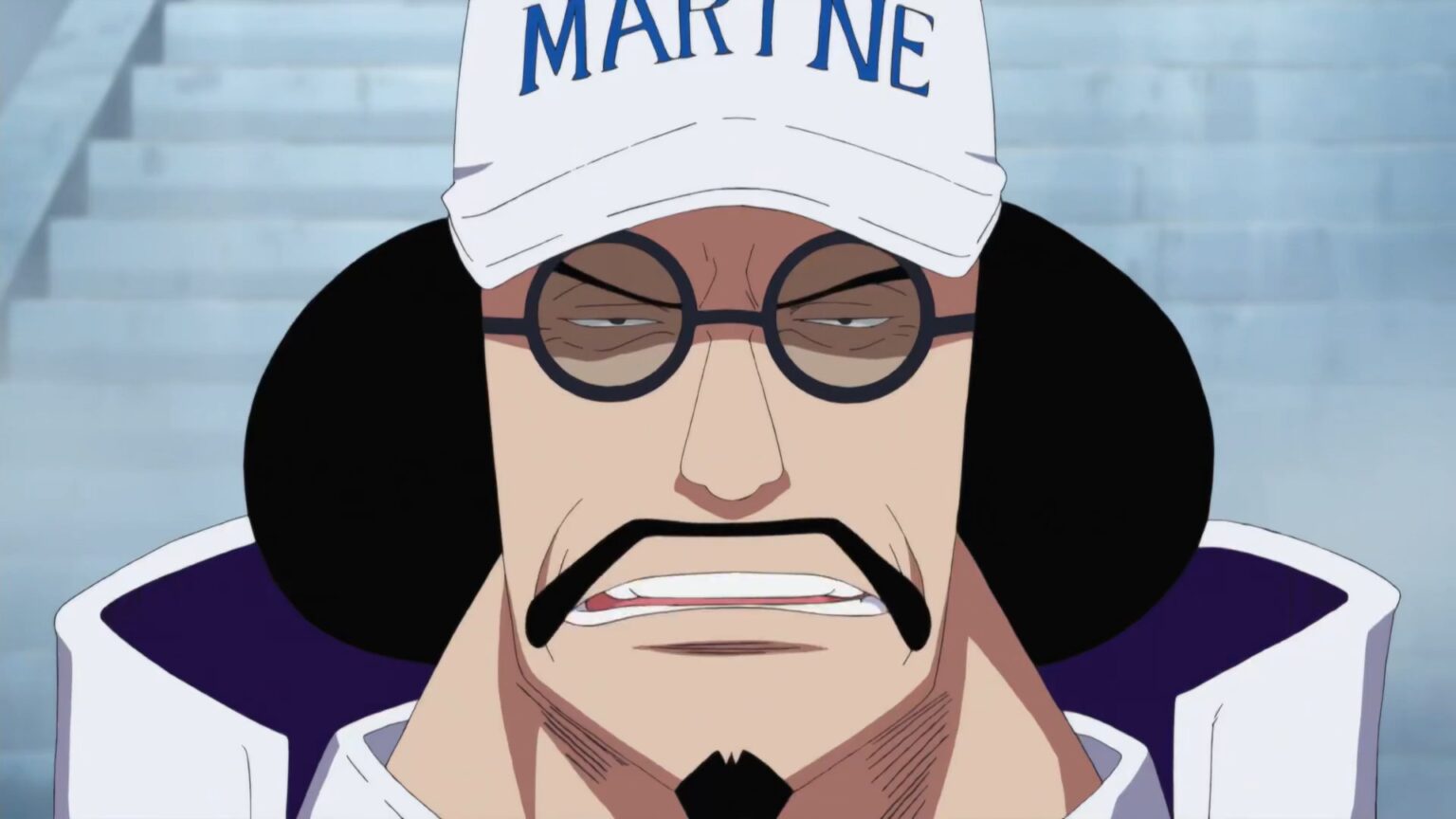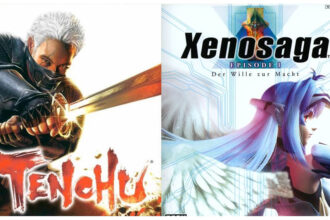Admiral Sengoku is an enigmatic force in the One Piece world, whose story is told through history and legend.
Once holding the highest position in Marine society, Sengoku was a main player on the world stage. His leadership met with the combative crescendo that led to the paradigm shift we know as present-day One Piece. As the Egghead Arc hits its stride, it seems appropriate to look back at one of the plot’s founding fathers. So, who is Admiral Sengoku, and what legacy did this memorable officer leave for the rest of us?
Sengoku The Buddha
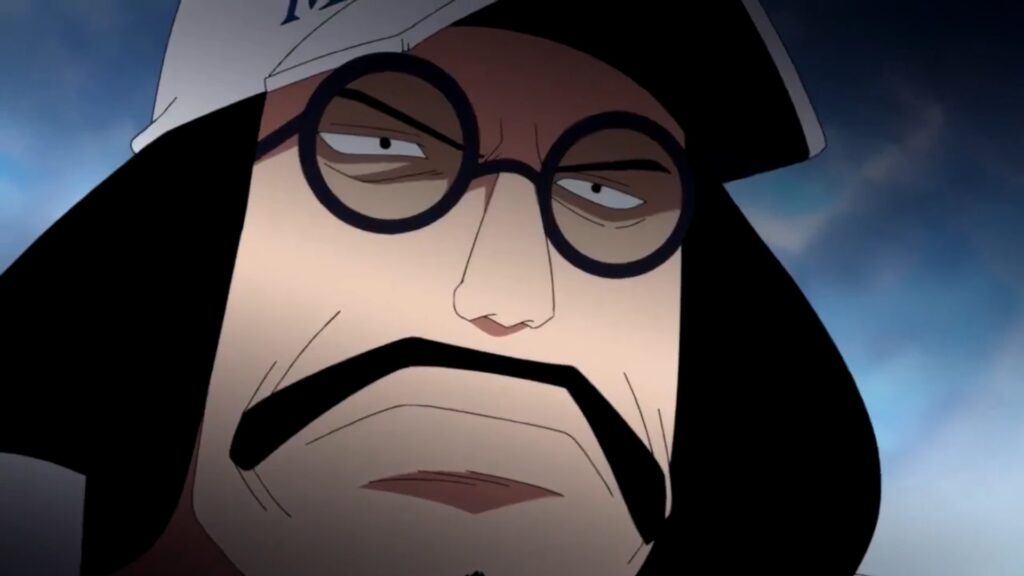
Admiral Sengoku’s character is defined by his authoritative presence and his unwavering dedication to justice. As the fleet admiral of the Marines, he occupies a position of immense power and responsibility, overseeing the organization’s efforts to maintain order on the high seas. His appearance, characterized by his traditional Japanese attire and stern countenance, embodies the gravitas and wisdom that accompany his role.
Despite his sobriquet, “Sengoku the Buddha,” appearing somewhat paradoxical, the series depicts a multifaceted portrayal of his character. This irony is not lost on Doflamingo, who highlighted it during the gathering of the Seven Warlords of the Sea at Mary Geoise to determine Crocodile’s successor. While he exudes an aura of remarkable composure and collectedness, there are instances where his capacity for anger and violence becomes evident. The man definitely gets a little explosive at times throughout the series. Interestingly, the revelation of Sengoku’s Devil Fruit power suggests that the origins of his moniker might be tied directly to the unique abilities granted by his fruit. This correlation draws parallels to the current admirals, although Sengoku’s epithet is distinct from a mere alias.
What is Admiral Sengoku’s Devil Fruit Ability?
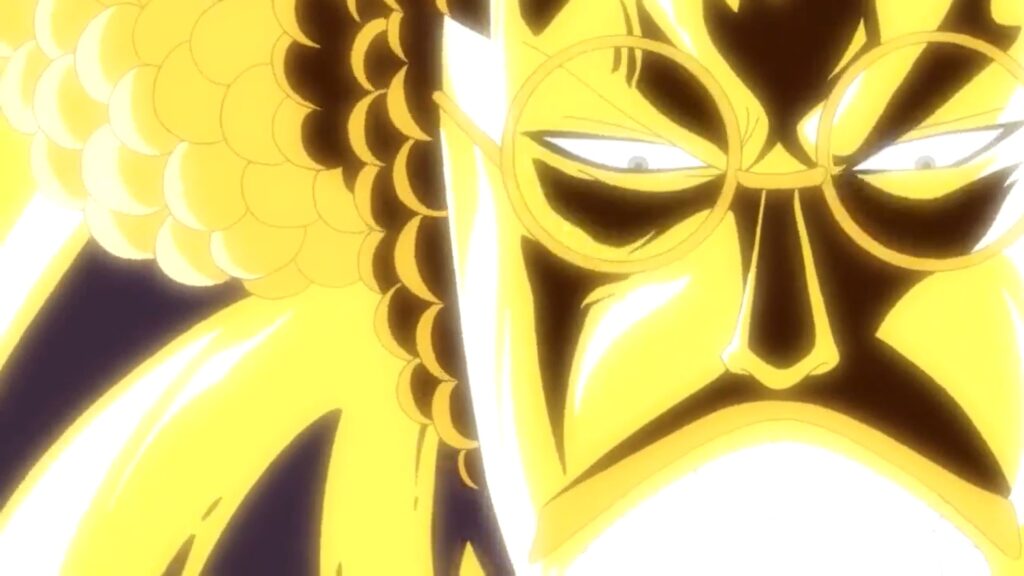
Admiral Sengoku possesses a remarkable Devil Fruit ability known as the “Hito Hito no Mi, Model: Daibutsu,” which translates to the “Human-Human Fruit, Model: Great Buddha.” This Zoan-type Devil Fruit grants Sengoku the power to transform into a colossal golden Buddha statue at will. When activated, Sengoku’s physical form undergoes a dramatic change as he morphs into a massive, towering statue resembling the Great Buddha. This transformation not only grants him an imposing and awe-inspiring appearance but also enhances his strength, durability, and combat capabilities to extraordinary levels.
In his Buddha form, Sengoku gains immense physical prowess. This ends up enabling him to effortlessly overpower opponents and withstand attacks that would incapacitate others. His size alone grants him a considerable advantage in battle as well. It allows him to dominate the battlefield and impose his will on adversaries. The golden exterior of his Buddha form acts as a formidable shield, providing enhanced defense against both physical and elemental assaults. One of the most intriguing aspects of Sengoku’s Devil Fruit ability is its symbolic significance. The embodiment of the Buddha resonates with themes of enlightenment, wisdom, and spiritual awakening.
Another Layer To Great Buddha
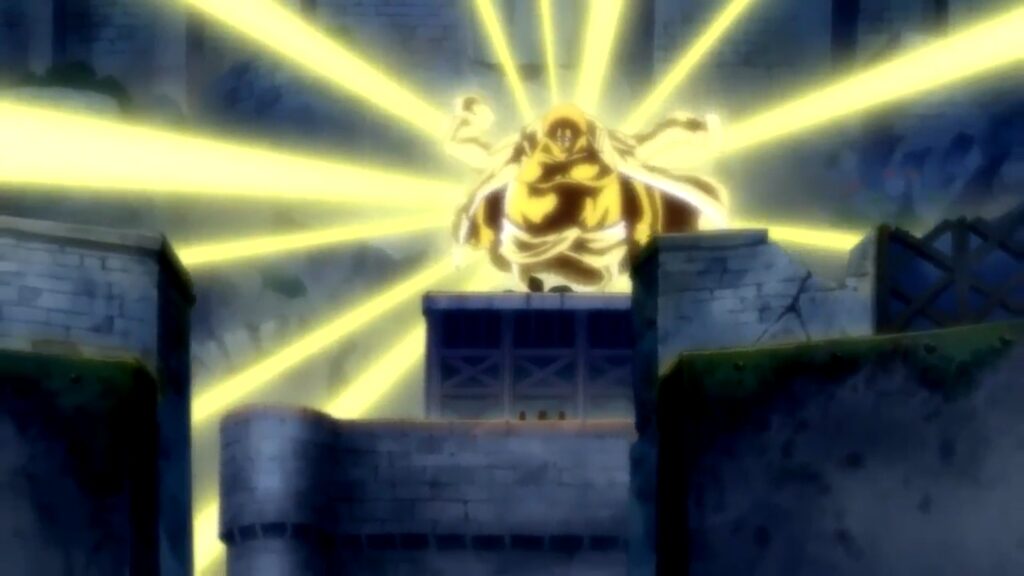
While Sengoku primarily utilizes his Buddha form for combat purposes, the potential for other applications of his ability remains intriguing. Given his extensive experience and understanding of justice, it’s conceivable that Sengoku’s transformation could extend beyond mere physical prowess. It could be allowing him to influence the perceptions and decisions of those around him.
In essence, Admiral Sengoku’s “Hito Hito no Mi, Model: Daibutsu” Devil Fruit ability not only grants him a formidable edge in battle. It also serves as a powerful embodiment of his character’s wisdom and leadership. His ability to transform into a towering golden Buddha statue stands as a testament to his enduring impact on the world of One Piece. This comes into play during the fight of his life.
The Marineford Arc: A Defining Moment
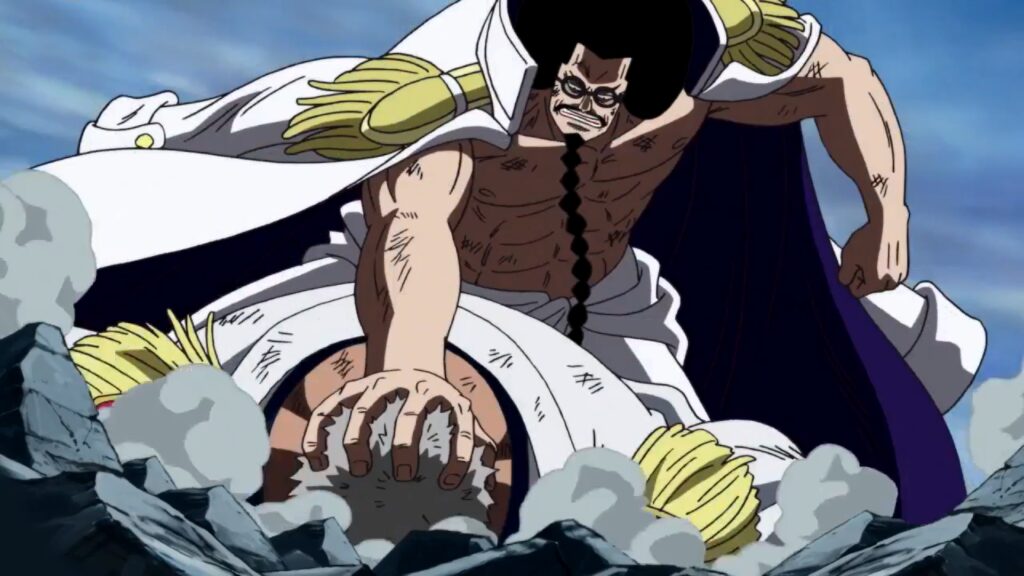
In the Marineford Arc of One Piece, Admiral Sengoku assumes a central and pivotal role as the head of the Marines during a tumultuous conflict. With the execution of Portgas D. Ace, the adopted brother of protagonist Monkey D. Luffy, impending execution, the Marineford War ensues as various pirate forces unite to rescue Ace. Sengoku’s leadership and strategic acumen shine as he orchestrates the Marines’ defense. Sengoku’s decision to execute Ace reflects his unwavering commitment to upholding justice, even when faced with heart-wrenching choices. He masterfully coordinates the Marine forces, deploying his subordinates and warships to counter the encroaching pirate alliance.
Despite his authoritative role, his camaraderie with Monkey D. Garp showcases his personal connections and human side. He navigates the complex battlefield with tactical precision, adapting his strategies to the ever-changing dynamics of the war. His calculated moves, such as the implementation of the “Wall of Flames,” demonstrate his ability to control the battlefield.
Sengoku’s leadership is further tested when Marine’s secret weapon, Admiral Aokiji, battles against Whitebeard. Sengoku’s calm demeanor and strategic insight are crucial in guiding his forces and ensuring their cohesive efforts. Ultimately, Sengoku’s role in the Marineford Arc is one of command, responsibility, and moral complexity. His decisions and actions not only shape the outcome of the war but also highlight the intricate interplay between justice, duty, and personal connections in the high-stakes world of One Piece.
Fleet Admiral Sengoku: A Complex Character
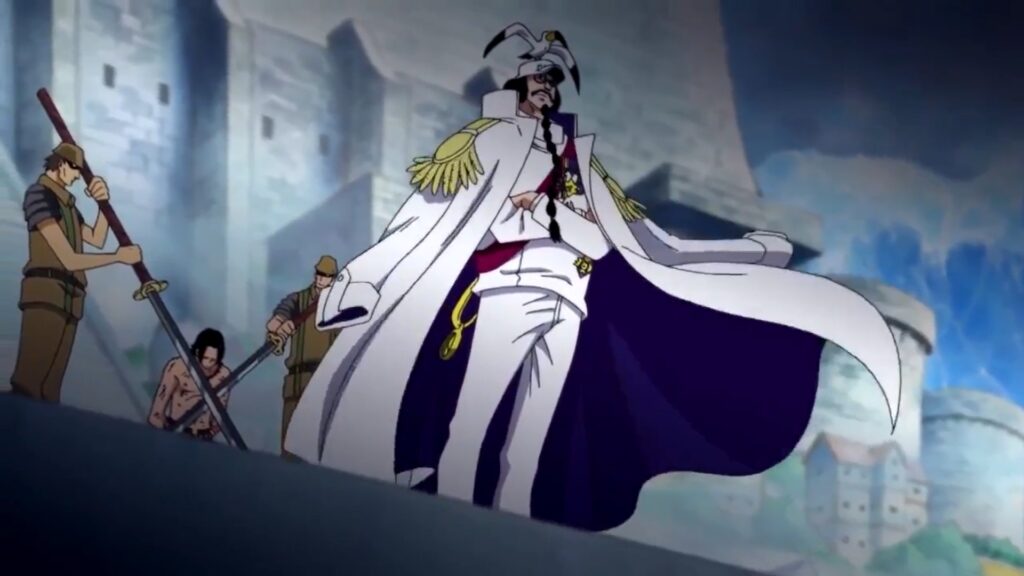
Admiral Sengoku in One Piece cannot be simplistically categorized as purely good or evil. His character embodies shades of moral complexity that transcend such binary labels. As the fleet admiral of the Marines, Sengoku is dedicated to upholding justice and maintaining order in a world rife with piracy. He carries out his duties with unwavering commitment, striving to protect innocent lives and curb criminal activity.
However, Sengoku’s actions and decisions are influenced by a nuanced understanding of the world’s intricacies. He acknowledges the gray areas between right and wrong. Also, he grapples with difficult choices that often involve sacrifices for the greater good. His role is not without personal connections and empathy, as seen in his relationships with fellow Marines and even pirates like Monkey D. Garp and Monkey D. Luffy.
Sengoku’s intentions are rooted in his perception of justice. That said, his methods and decisions may not always align with conventional notions of morality. He represents a complex character who operates within a morally ambiguous environment, making him neither entirely good nor completely evil. Instead, Sengoku embodies the intricate interplay of values, responsibilities, and circumstances that define the morally rich world of One Piece.
